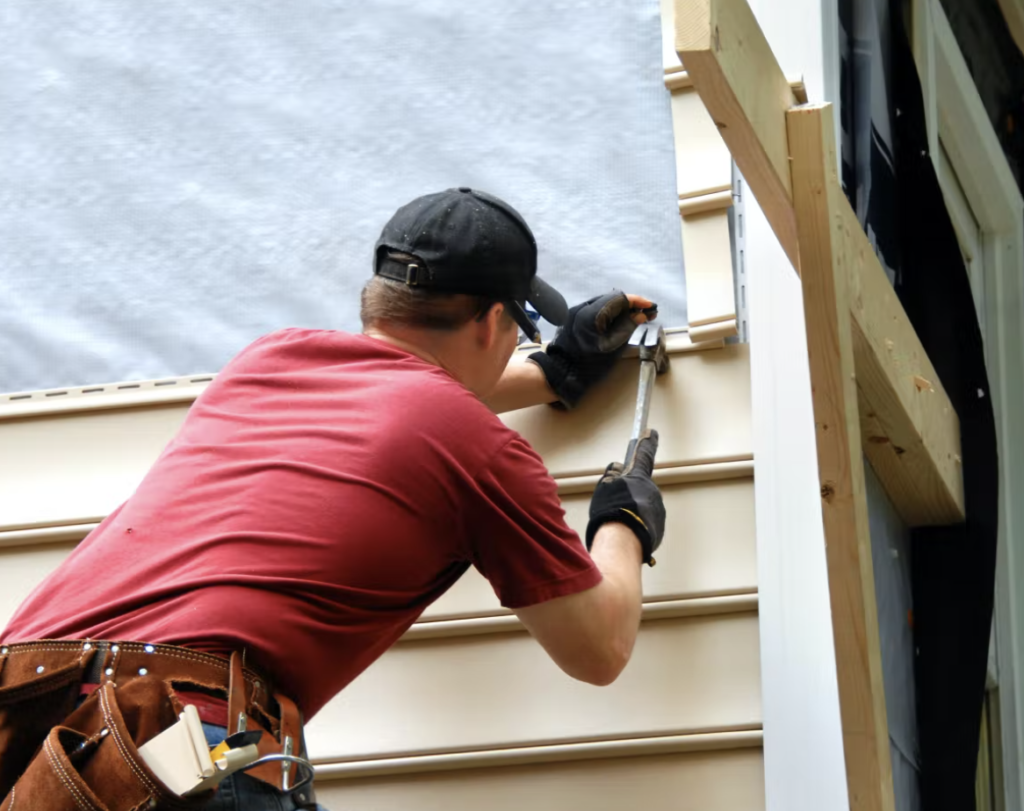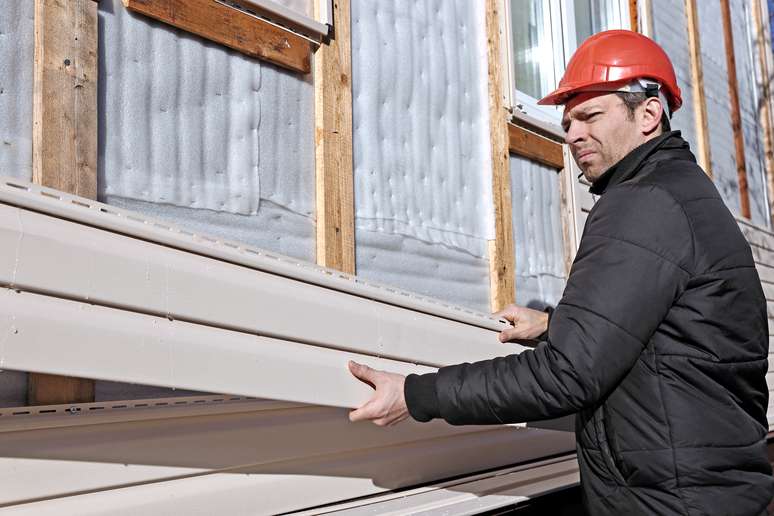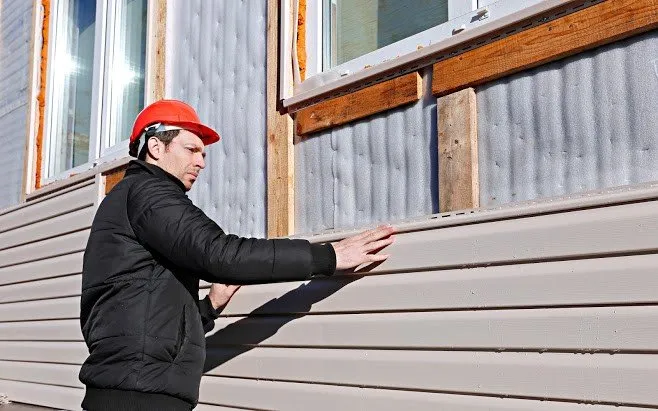
Are you thinking of remodelling your home’s exterior? Have you considered investing in new siding for a fresh, updated look? Siding is not only aesthetically pleasing but also serves as an important protective layer for your home. But how does the siding business work? From product selection to installation, understanding the ins and outs of this industry can help ensure a successful renovation project. In this blog post, we will explore the basics of the siding business and provide insights into what to expect when working with siding contractors. Whether you’re a homeowner or looking to enter the industry yourself, read on to learn more about how the siding business works!
How does the siding business work?

In the siding business, also known as the home improvement industry, contractors provide homeowners with materials and labour to install or repair the exterior of their homes. Siding can be made from a variety of materials including wood, vinyl, aluminum, and fibre cement.
Most siding businesses work on a contract basis. This means that the homeowner will sign a contract with the contractor that outlines the scope of work to be done, material costs, and labour costs. Once the work is completed, the contractor will submit an invoice to the homeowner for payment.
It is important to note that in some cases, the siding business may require a deposit before starting work. This is typically only required for larger projects or when special materials need to be ordered. In most cases, a deposit is not required and you can simply pay for the work once it is completed.
If you are in need of siding installation or repairs, we recommend finding a reputable contractor in your area. Be sure to get multiple estimates and ask plenty of questions before signing any contracts.
The benefits of siding
There are a few benefits to siding your home. For one, it can help protect your home from the elements. It can also give your home an updated look and feel. Siding can also be a great way to add value to your home.
What are the different types of siding?
There are many different types of siding, and the type you choose will depend on your budget, the climate you live in, and the look you want for your home. The most common types of siding are vinyl, aluminum, wood, stone, and brick.
Vinyl siding is the most popular type of siding in Canada. It is made from PVC plastic and is available in a wide variety of colours. Vinyl siding is durable and easy to maintain.
Aluminum siding is a popular choice for homes in coastal areas because it is resistant to salt air and humidity. Aluminum siding is available in a variety of colours and styles.
Wood siding is a classic choice for homes. Wood siding can be painted or stained to match the style of your home. Wood siding requires more maintenance than other types of siding.
Stone and brick are two of the most durable types of siding. Stone and brick can add a lot of value to your home. Stone and brick require very little maintenance.
How to start a siding business
There are a few things you need to do in order to start a siding business. First, you will need to obtain the proper licenses and permits from your local government. Next, you will need to purchase insurance for your business. Finally, you will need to find a good location for your business. Once you have all of these things in place, you can begin marketing your business and finding customers.
What are the benefits of starting a siding business?
There are numerous benefits to starting a siding business. For one, it is a relatively low-cost business to start up. Additionally, siding businesses enjoy high-profit margins and can be quite lucrative. Furthermore, owning a siding business affords you a great deal of flexibility and autonomy. You can work from home, set your own hours, and be your own boss. Finally, the demand for siding services is always strong, so you can be sure that your business will always have customers.
The Siding Process
The siding business is a process that involves the installation of siding on a home. This can be done by a number of different companies, but the process is generally the same. The first step is to consult with the customer to determine what type of siding they would like installed. There are many different types of siding available, so it is important to get an idea of what the customer wants before starting the project.
Once the type of siding has been determined, the next step is to measure the area where the siding will be installed. This is important in order to make sure that there are no gaps or spaces between pieces of siding. Once the measurements have been taken, it is time to start installing the siding.
The installation process generally begins at the bottom of the wall and works up. Each piece of siding is placed into position and then nailed or screwed into place. It is important to make sure that all seams are sealed properly in order to prevent water damage. Once all of the pieces are in place, it is time to trim around doors and windows.
After the trim work has been completed, it is time to add any finishing touches such as caulk or paint. This will help protect the new siding from weather and other elements. The last step in the process is to clean up any debris from the installation process. This includes sweeping up any nails or screws that were used during installation.
How to Choose the Right Siding for Your Home
When it comes to choosing siding for your home, there are many factors to consider in order to make the best decision. Material, cost, installation, and maintenance are all important factors to keep in mind when making your choice.
There are many different types of siding materials available on the market today, each with its own set of pros and cons. Some of the most popular options include vinyl, aluminum, wood, and fiber cement.
Vinyl siding is a popular choice because it is relatively low-maintenance and affordable. However, it is not as durable as other materials and can be susceptible to damage from high winds or hail.
Aluminum siding is another low-maintenance option that is also quite affordable. It is more durable than vinyl but can dent easily.
Wood siding is a classic choice that gives homes a traditional look. It is, however, one of the more expensive options and requires more maintenance than other materials.
Fibre cement siding is a newer option that combines the best of both worlds – it has the look of wood but without the high price tag or maintenance requirements. However, it can be difficult to install and is not as widely available as other materials.
The best way to choose the right siding for your home is to consult with a professional contractor who can help you weigh the pros and cons of each material based on your specific needs and budget.
Conclusion
In conclusion, the siding business is a profitable and rewarding venture for those who are willing to put in the effort. It requires knowledge of different materials, tools, and techniques to be successful. With hard work and dedication, you can quickly learn all that you need to know about installing siding. This industry is growing at an impressive rate due to its durability and affordability, making it a great option for homeowners looking for an upgrade or renovation project.



